The tradition of drinking cheerful, invigorating and intoxicating drinks among peoples has evolved over millennia. It is difficult to determine what is primary - cultural traditions or the traditions of the consumption of intoxicating drinks. In any case, modern nations and peoples can be classified as drinkers. Today, vodka is an obligatory attribute of any feast and a characteristic of belonging to the Slavs.
Definition
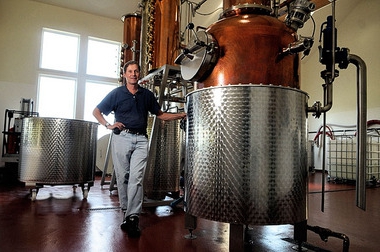
Vodka is a mixture of a certain amount of rectified ethyl alcohol with water, which is subjected to special filtration and purification with activated carbon.
The amount of this alcoholic beverage is expressed in decalitres and liters (volume units). There is such a thing as a fortress, expressed as a percentage and representing the alcohol content in the mixture. The permissible level of fortress in ordinary vodka is 40%, but there are also 50% and 56%.
The modern Russian distillery industry produces five types of vodka: 40%, 50%, 56%, Moscow special vodka - 40% and capital - 40%. The indicated types of alcoholic drink differ in the concentration of alcohol in them, the level of its purification, and other taste characteristics, which depend on the amount and type of added flavoring ingredients.
In the production of 40% vodka, single distillation alcohol is used, all other four types use highly purified alcohol.
Improving the quality of the finished product is achieved through the addition of components such as sodium acetate, sugar, as well as the use of a longer treatment of vodka with activated carbon.
A bit of history
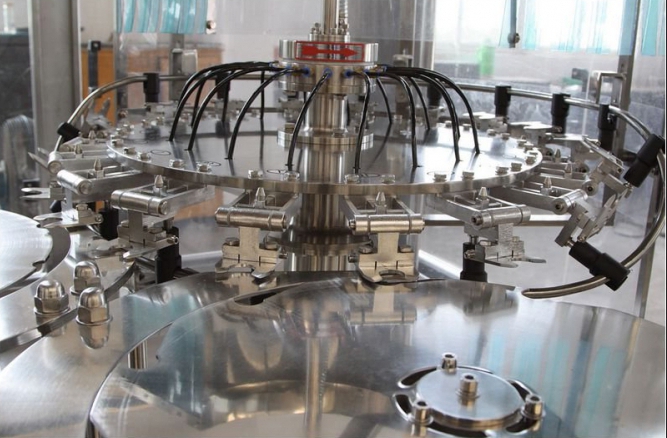
People have tasted alcohol for a long time. Scientists assume that about 30 thousand years ago, a person who tried a product obtained as a result of fermentation of berries or fruits was convinced of its tonic effect. At the initial stage, there was wine made from grapes. Then we learned how to make beer.
As early as the 4th millennium BC. e. Ancient Egypt was famous for brewing and winemaking. At that time, more than a hundred grape varieties were known. The Roman Empire exported wine all over the world.
Vodka production began with the creation of a distillation process. Based on some sources, oddly enough, we can say that this invention belongs to the Arabs. However, their discovery did not become widely known, as it went against the Qur'an.
Others argue for alcohol in the 11th-12th centuries by Italian alchemists. Third, conclusions are drawn that the distillation process itself was already known both in the West and in the East. In search of a substance that can cause intoxication, the alchemists managed to isolate a substance from wine, which is a kind of its spirit and soul. And so the production of vodka arose. Officially, the term "vodka" began to be used quite successfully only by the 20th century.
Comparison of production technologies
Experts conducted a study, the results of which were compared modern technology of vodka production with previous technological processes.
Each historical stage was characterized by various components of the manufacture of the alcoholic beverage. So, the 18th century was marked as the most fruitful period in the search for successful compositions and recipes for this alcoholic beverage.Flavoring components began to be used quite successfully. At that time, the production of vodka was carried out only for own consumption, and not for sale.
In the same period, home winemaking began to develop quite rapidly.
Equipment modernization
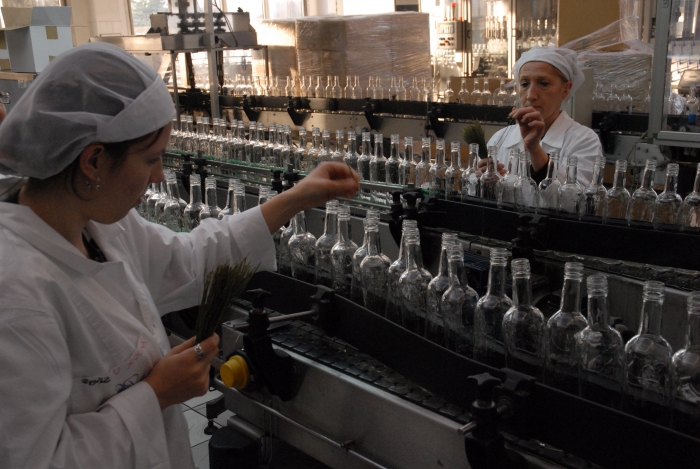
In the second half of the 19th century and throughout the 20th century, equipment for the production of vodka was constantly updated, and various technological innovations were introduced. In the same period, close attention was paid to the time, temperature and speed of passage of the various stages of production cycles.
Turning to modern technologies, we say that the production of vodka in accordance with current standards is based on the use of ethyl alcohol obtained from water and food raw materials as a raw material. According to the technologies used, the allowable ethanol content is in the range of 38-56% of the finished product. The assortment of this liquor is represented by tens of thousands of names.
Vodka production technology
Vodka production in Russia dates back to the 16th century. The first mention of it was discovered in the Novgorod Chronicle. At that time, the main use of this alcoholic drink was medicine, vodka in the first mention occurs under the name “health fire”. Over the next several centuries, technologies were developed and improved. There was an accumulation of methods and recipes for making this drink, which glorified Russia abroad.
This article will consider the technological scheme for the production of vodka.
Water preparation

Even if natural water is considered the cleanest, it still has to undergo special treatment in several stages. This is sedimentation, aeration, and filtration through quartz sand.
The vodka production process provides for the presence of sand and coal columns, membrane and cartridge filters at modern enterprises. Water must undergo molecular and ultraviolet treatment. Using a special installation, salt water level correction is carried out. Properly prepared water should be absolutely transparent, colorless and contain a minimum level of salt. However, it is not subjected to boiling and distillation. Only in this case, the vodka will turn out to be soft, will have crystal purity and a unique taste.
If there are various impurities in the water that is planned to be used in this production that were not removed using sand filters, this liquid is clarified by the coagulation method. When certain components are introduced into water, the electrokinetic potential of individual particles decreases, followed by aggregation and sedimentation of colloidal substances. Modern technology for the production of this alcoholic product provides for the use of iron and aluminum sulfate (iron sulfate) as coagulants for water purification, from which sparingly soluble hydroxide is released during the chemical reaction.
Alcohol purification
Distilleries use such raw materials for the production of vodka as ethyl alcohol. Its three main varieties are known: "Higher Cleaning", "Extra" and "Lux". Many manufacturers of this alcoholic beverage are made on raw materials of their own production using the technology of their ancestors. Then the grain crops served as raw materials: rye, wheat and rye malt. The vodka production scheme also includes the addition of a certain amount of oats, barley, corn, millet, peas and buckwheat.
Some plants purchase alcohol at their respective plants. Such production of vodka from alcohol requires strict control of raw materials.
Preparation of a water-alcohol mixture
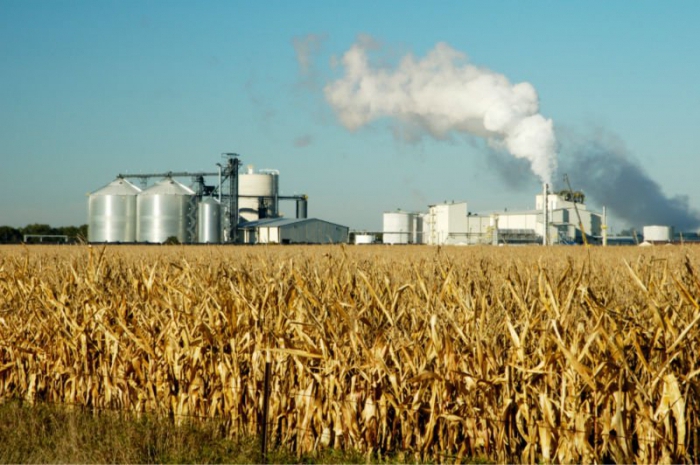
In the technological process, this stage is known as “sorting”.Depending on the required ethanol content, the finished product is obtained in different strengths.
Water with alcohol is fed into the sorting tanks and mixed using special mixers. At the same stage, other ingredients are added in accordance with the alcoholic beverage recipe.
Filtration
The vodka production scheme implies the use of quartz sand as a filtering tool. This process is carried out under the pressure of a jet of filtered fluid. Sorting flows by gravity to the filter from the pressure tank, which is located above the filters.
With an increase in the volume of purified liquid, an increase and the height of the layer of sediment on the material. As changes in the height of this layer, the resistance increases, and the filtration rate decreases. In this regard, the filtration surface should be periodically cleaned of sediment.
Carbon treatment
This stage is one of the most important stages. It binds such harmful impurities as aldehydes and ethers. In the process of performing this stage of production, the organoleptic characteristics of the alcoholic beverage are formed.
At the end of this stage, vodka is again filtered (often this happens several times). This step is necessary to remove the smallest particles of coal and obtain a transparent and crystal clear product.
"Relaxation"
This stage is the final before the spill of the finished product. In accordance with current standards, assimilation continues for two days. However, some experts say that such a time gap is insufficient. It is best to give a "rest" of the water-alcohol mixture for about a week. Due to this period of time, the maximum interaction of the components of the drink is achieved. Only in this case, according to experts, a mixture of water and alcohol can turn into soft and pure vodka.
Spill
For the bottling of finished products, special equipment for the production of vodka is used. At this point, all bottles should be subject to tight controls. At the same time, each bottle is rinsed with vodka before the filling process in order to maintain the desired strength of the drink and cleanse the bottle from the inside. And only then the finished product is directly bottled and corked.
Home Vodka Production
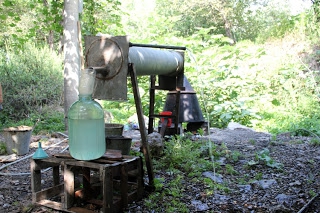
Thus, the above process is the industrial manufacture of an alcoholic beverage. At all its stages, the appropriate equipment for the production of vodka was used. However, for true connoisseurs of this drink, quality is in first place. Therefore, some of them produce vodka at home. The following ingredients are used as raw materials: water, yeast and sugar. However, it is necessary to provide for competent filtering.
Simplified technology is often used. Ready alcohol at 95 degrees is diluted with distilled water, filtered with activated carbon, and then the resulting liquid is infused with herbs or berries. Thus, you can get a bitter tincture (vodka insists on certain herbs, roots and berries), gin (insists on juniper berries) and whiskey, thanks to the insistence on oak bark.
Vodka business
It has long been customary in Russia that the production of vodka and other alcoholic beverages is a successful and profitable business. Finally, state monopoly and prohibition are a thing of the past. Therefore, if there is a desire to organize the production of vodka, a business of this type will bring a steady income. However, an entrepreneur should not only thoroughly study the process of making this alcoholic beverage.He must also have in order all permits, including a license for the production of vodka.
As for the technology, it basically does not differ from the above scheme. But there are features in the use of special automated lines and their productivity. Direct bottling of vodka, labeling of bottles is carried out only on special equipment, the productivity of which is in the range of 6-12 thousand bottles per hour.
Financial questions
An important component of a successful business is the successful resolution of financial issues, the most important of which are the following.
Firstly, the cost of equipment for the production of alcoholic beverages and their subsequent pouring into glass containers depends on the manufacturing company and the productivity of the line itself. Significant savings can be obtained by purchasing used equipment, since if the automated line, for example, is two years old, it is unlikely that it could become outdated and substantially worn out. However, one should not go to extremes and take too old equipment, since in this case there will be additional costs associated with its repair and modernization.
Secondly, certain financial costs will be required at such an important stage as the promotion of own alcohol products in the market. Any entrepreneur should understand that all the efforts spent on production are insignificant in comparison with the efforts that must be made for a good sale of already manufactured goods. Often, marketing costs in large alcohol companies significantly exceed the cost of equipment and other industrial real estate.
In this case, the most appropriate solution would be to purchase an already hyped production of alcoholic beverages. It is much easier to enter the relevant market through the acquisition of formed assets than to create a new brand or trademark.
Innovations in the vodka industry
Today, manufacturers of this alcoholic beverage make every effort to ensure that the finished product is of high quality. So, some of them for alcohol production high-quality grain is used. There are laboratories at factories where each batch of alcohol passes strict control.
Many enterprises engaged in this type of activity have their own artesian wells, from which the so-called “living” water is extracted, which is used in the production process. Modernity is characterized by the introduction of continuous innovation. No exception was the manufacture of alcohol. So, in the preparation of water, membrane technology, cationic softening, blending and conditioning are used.
In the implementation of the filtration process, the classic technology using activated carbon is improved. For this, birch charcoal, which is characterized by special sorption indicators, is used quite successfully. Or there is another analogue - coal mousse of different origin, which is obtained from birch, apricot kernels and coconut shells.
During the “rest” of vodka for infusion, such natural ingredients of plant origin are used as honey, spices (cardamom, cumin, cinnamon and cloves), pepper, as well as many herbs (wormwood or sage). Dried fruits or birch buds can also be used quite successfully.
And finally, the last stage of production - the spill - also contains some innovations. For example, the appropriate workshop can be equipped with a set of filter elements at the stage of the bottling process itself. Often, factories use only new glass bottles.
To identify and protect the finished product on the necks and lids, the date of the spill is applied using laser equipment, thanks to which all numbers are engraved in relief and clearly. Also, a “tamper evident” is used as a protective agent in bottle clogging.
Summing up the material presented in this article, it should be noted that the history of vodka production has been going on for a long time. However, this process is undergoing continuous improvement and the introduction of new technologies. At the same time, the production scheme of this alcoholic drink remains unchanged, and the main ingredients are still the same. In pursuit of a quality alcoholic product, some connoisseurs of this drink try to make it at home. However, the successful implementation of this process requires some skill and special devices.








